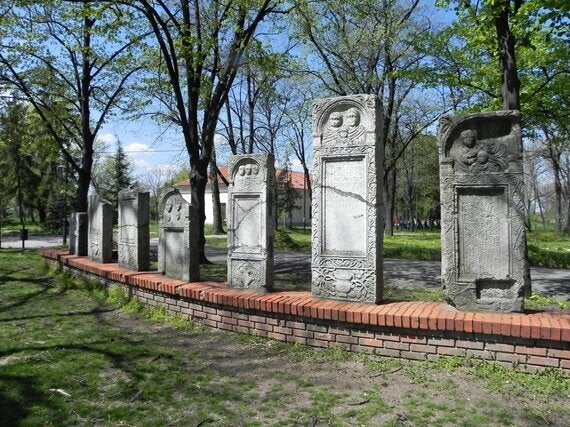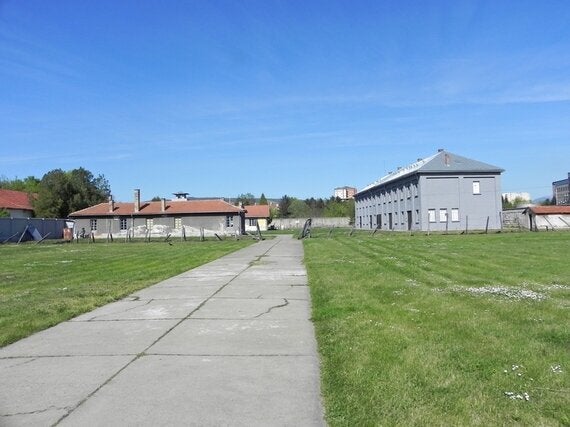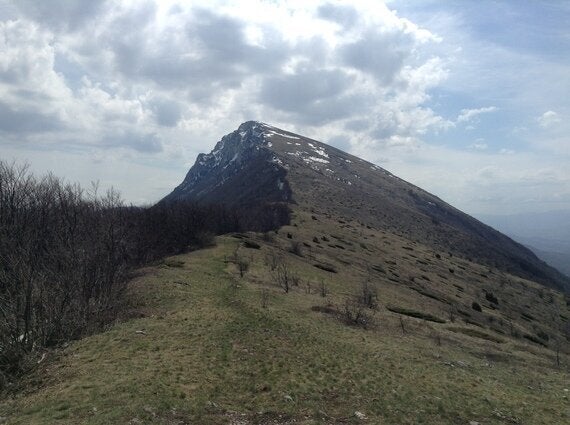Serbia is still insufficiently known country in terms of tourism and the first associations related to it are usually great nightlife of the capital and the world-famous Exit festival. However, if you decide to look deeper you'll find more fascinating gems that wait to be discovered by more travelers.
One such gem is Nis, the third largest city in the country. Due to its geographic position Nis has always been considered a gateway between East and the West and one of the most famous military roads in the world called Via Militaris used to run through its territory.
The city is most proud of the fact that Constantine the Great, the first Christian Emperor and the founder of Constantinople was born here. In 2013, the city was host to the celebration of 1700 years of Constantine's Edict of Milan.
Besides many important historical monuments, the city offers many opportunities for outdoor recreation in its vicinity, it's proud of its food and maybe most of all its hospitality. Indeed, many people will say you haven't actually been to Serbia without visiting its south.
The bloody history of Nis
The fortress in the very center of the city is the most famous tourist attraction. The oldest remains such as the tombstones and thermal baths are linked to the Roman era. Given the fact that the fortress was destroyed and renovated several times, it was in hands of many conquerors, among them the Ottomans. Some rare objects that have been preserved from Turkish times are a hamam and mosque which is now being used as an art gallery.

The monument which perhaps speaks the most about the brutal history of this city is the Skull tower. It was built after the defeat at the Battle of Cegar in 1809, during the First Serbian Uprising. Turks have built this tower which consisted of 952 skulls of Serbian soldiers. Today however, only 54 stay on it. Upon visiting Nis in 1830, a French romantic poet Alphonse de Lamartine said that the Skull tower was one of the most horrific things he's seen.
Another sad reminder of a recent history is Bubanj Memorial Park which was built to commemorate the shooting of more than 10,000 citizens of Nis during the Second World War. It's one of the most famous monuments of this kind in the former Yugoslavia and it consists of three concrete obelisks which symbolize men's, women's and children's hands that defy the enemy.
The citizens of Nis were brought here from the Red Cross concentration camp which was operated by Germans during the Second World War. This is one of the best preserved camps in Europe and a little known fact is that the largest escape from all the camps on the continent was organized here.

City of burek and "Chaos"
Nis' main pedestrian street is full of traditional restaurants and cafes where you can sit and relax after sightseeing. The city is famous for its burek, a pastry filled with meat or cheese but there are other varieties too. The recipe for round burek was developed in Nis back in 1498 by a famous Turkish baker Mehmed Oglu from Istanbul and since then it got spread all over the country and beyond. The city hosts an annual burek competion and the world's biggest burek was made here - its diameter was 2 meters long.
Chaos? Nothing to worry about. It's just the name of a salad which consists of cream cheese in oil mixed with ground peppers and garlic. Other popular dishes are the shopska salad, cevapcici and pljeskavica - better known as the Balkan burger. When it comes to drinks, a local favorite is rakija, a brandy made from various fruits. The city prides itself on its traditional spirit which is reflected in high number of taverns.
The Alps at the South of Serbia
Just ten kilometers away of the city center there's a Spa of Nis, a famous health center in Serbia. It is very well known for its hot, radioactive water containing radon. The spa is especially popular among athletes and has a new modern wellness center.
The vicinity of Nis is rich in natural beauties. Suva planina (meaning the Dry Mountain), which was named as the 'Alps at the South of Serbia' by the most famous Serbian geographer Jovan Cvijic is especially attractive. Its highest peak called Trem (1810 m) is very popular among mountaineers. There are several trails that are well-marked and which lead to several peaks that offer beautiful views. Mountains in the vicinity of Nis are also ideal for mountain running, climbing, rock climbing, speleology etc.


Cerje Cave for example offers ideal conditions for tours that are tailored to different interests (educational, sports and adventurous visits etc.). For water sports enthusiasts there are opportunities for rafting and kayaking on the river Nisava.
How to get there
Starting from June 29th WizzAir will add flights to Nis from Basel/Mulhouse and to Malme - Sweden from June 25th. However, the best way to reach the city is by bus. 'Nis Express' has 22 daily services to Nis from the capital city Belgrade and the journey takes about 3 hours.
This post originally appeared on EuroTribe.